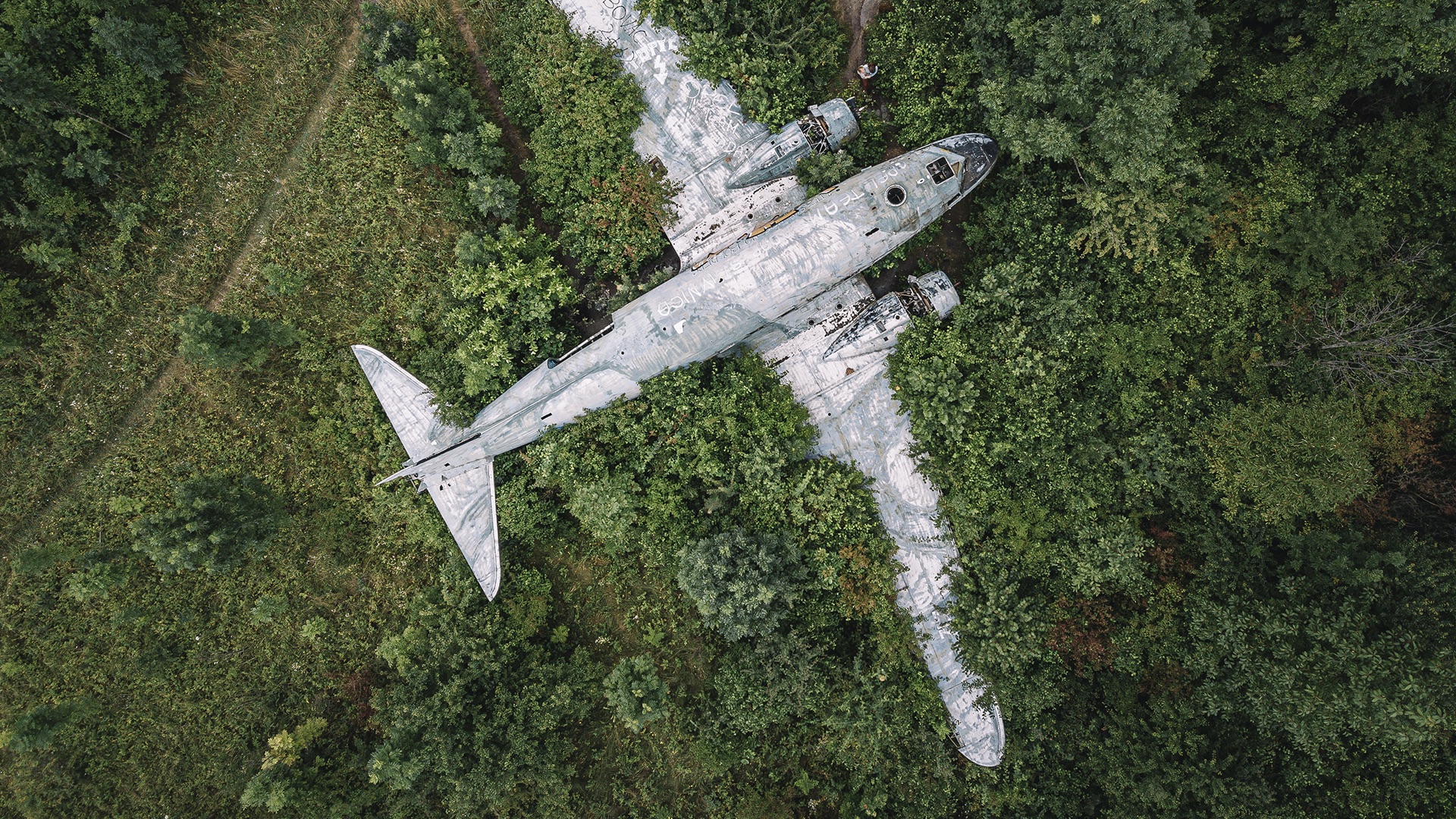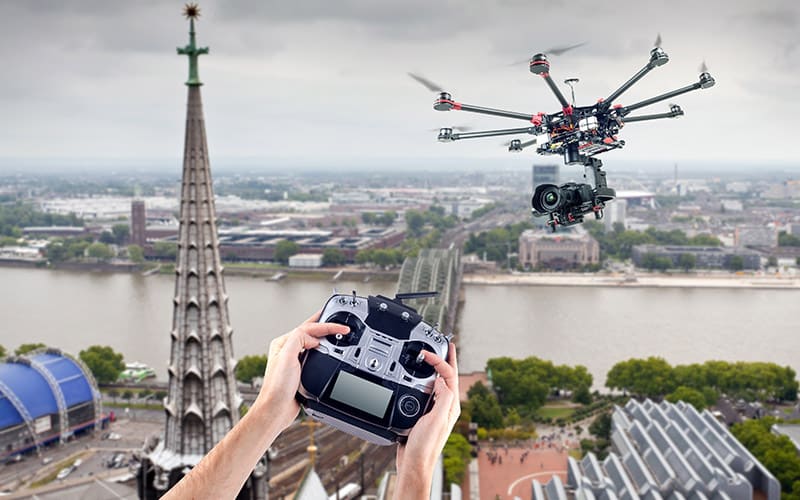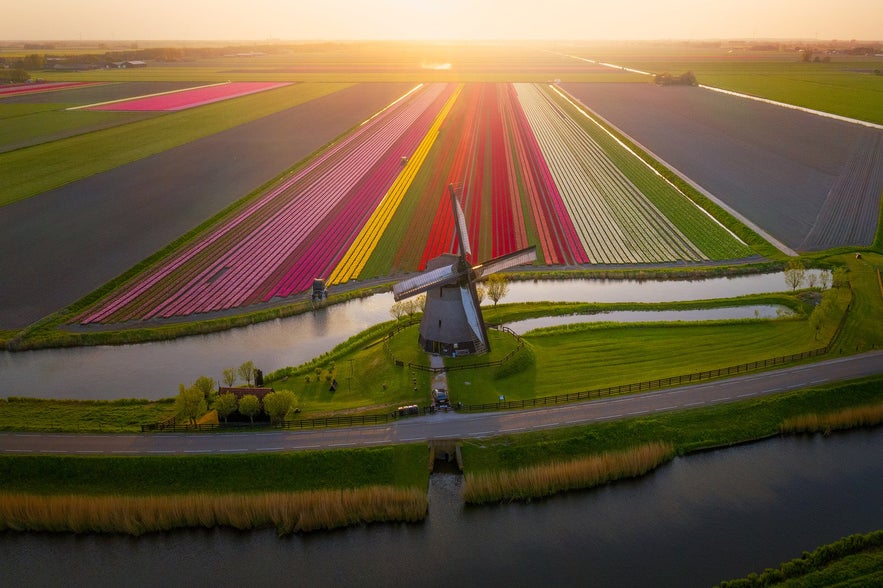Transform Your Point Of View: The Art and Science Behind Drone Photography
Drone photography stands for a considerable intersection of artistic vision and technological innovation, making it possible for creators to capture viewpoints formerly unattainable. Comprehending the technicians of drone innovation, from devices selections to composition methods, is essential for accomplishing engaging imagery (drone photographer). What truly identifies effective drone photography from simple aerial snapshots?
Understanding Drone Technology
Recognizing drone modern technology is essential for anyone curious about utilizing its abilities for photography. Drones, or unmanned aerial lorries (UAVs), count on a mix of equipment and software program to accomplish flight and capture imagery. At their core, these tools are equipped with sensing units, cams, and navigation systems that permit them to fly autonomously or be managed remotely.
The key parts of drone innovation include the trip controller, which functions as the brain of the drone, processing data from numerous sensing units to guarantee stable trip. In addition, general practitioner modern technology plays a critical function in navigating, enabling drones to adhere to pre-defined flight paths and preserve their position also in challenging conditions.

Furthermore, comprehending the governing landscape bordering drone use is crucial, as it controls where and just how drones can be run, making certain safety and compliance. Familiarity with these aspects of drone innovation equips professional photographers to maximize their imaginative capacity while sticking to legal standards.
Important Tools for Drone Digital Photography
Selecting the appropriate equipment is critical for achieving remarkable lead to drone photography. At the heart of this arrangement is the drone itself, which should be picked based on trip stability, camera quality, and convenience of usage. Popular versions typically feature built-in high-definition cams that capture stunning airborne images.
Along with the drone, buying a top quality cam is vital. Several drones come geared up with video cameras with the ability of capturing in 4K resolution, yet for professional-grade results, consider a drone that allows for interchangeable cams or sustains bigger sensing units. This adaptability can significantly improve picture top quality.
Stabilization is one more essential component. A three-axis gimbal is advised for smooth footage, decreasing resonances that can interfere with picture clearness. In addition, added batteries and a trustworthy battery charger ensure extended trip time, allowing for more comprehensive shoots.
Understanding Make-up Methods
Grasping structure techniques is fundamental to boosting your drone digital photography from regular to remarkable. A well-composed image captures the viewer's focus and communicates a powerful narrative.
One of the essential principles to consider is the guideline of thirds, which includes dividing your structure right into a grid of 9 equal components. Positioning essential elements along these lines or at their intersections creates aesthetic rate of interest and equilibrium. Furthermore, leading lines can assist the viewer's eye through the photograph, attracting interest to the subject and adding deepness.
One more effective strategy is mounting, where natural elements such as trees or buildings enclose the topic, enhancing the focal factor. This method not just provides context however additionally creates a feeling of affection within the scene.

Finally, constantly be mindful of the horizon line. A jagged perspective can sidetrack and take away from an or else captivating image. By grasping these structure techniques, you can significantly boost the influence of your drone digital photography.
Lights and Weather Condition Considerations
In drone digital photography, the interplay of lighting and climate can substantially affect the quality and state of mind of your images. Optimum illumination problems are vital; the golden hours-- quickly after dawn and before sundown-- use soft, diffused light that enhances shades and reduces rough darkness. During these times, the landscape shows up a lot more dynamic and vibrant, allowing for awesome aerial shots.
On the other hand, cloudy skies can create a level, muted combination, yet they can also offer also lighting that decreases comparison and highlights information in the environment. This can be helpful for capturing structures in city settings or elaborate patterns in nature.
Climate condition, such as rain, haze, or snow, can also add one-of-a-kind elements to your digital photography. Haze can create a sense of secret, while rainfall can enhance colors and saturate the landscape. Nonetheless, it is important to take into consideration the security of your drone; flying in negative important link weather can cause tools damage or loss of control.
Eventually, understanding how lighting and weather affect your aerial shots allows you to pick the ideal conditions for your drone photography, ensuring compelling and aesthetically striking images.
Post-Processing Tips and Tricks
After catching sensational airborne pictures, the following step includes refining those shots with post-processing. This crucial stage enhances the visual influence of your pictures, enabling you to highlight the distinct perspectives that drones give.
Beginning with software application tools like Adobe Lightroom or Photoshop, which offer durable modifying capabilities. Begin by dealing with exposure and white balance to make certain that your colors show up realistic. Utilize pie chart checks to accomplish optimal illumination levels, staying clear of overexposure or loss of information in shadows.
Next, improve contrast to include deepness to your pictures. Adjusting clearness can sharpen crucial details without presenting noise, which is particularly useful in airborne shots where structure plays a significant duty. Don't shy away from chopping; this can help concentrate the viewer's interest on the major subject.
Consider applying a small vignette to assist the customer's eye towards the facility of the photo. By understanding these post-processing techniques, you can elevate your drone photography to new heights.
Final Thought

What genuinely identifies More about the author reliable drone digital photography from mere aerial pictures? Lots of drones come outfitted with cameras capable of shooting in 4K resolution, but for professional-grade results, consider a drone that allows for compatible why not look here cameras or supports larger sensors. By understanding these make-up strategies, you can significantly enhance the influence of your drone digital photography.
In drone digital photography, the interaction of lights and weather can drastically influence the high quality and mood of your pictures (real estate drone photographer). By understanding these post-processing techniques, you can elevate your drone photography to brand-new heights